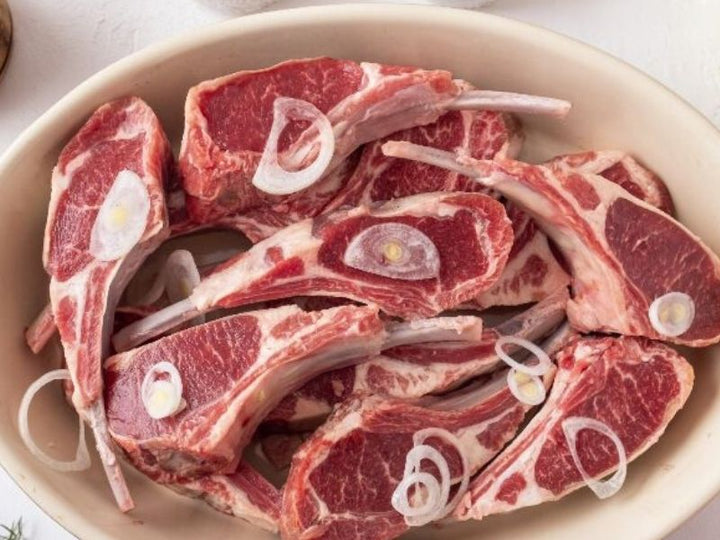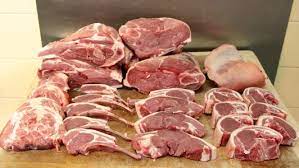When it comes to the global meat market, lamb is a highly sought-after commodity that is exported by many countries around the world. The international demand for lamb continues to grow, with consumers valuing its unique flavor and tenderness. As a result, lamb export has become a significant industry for many countries, providing economic opportunities for farmers and boosting trade relations between nations.
In this article, we will delve into the world of lamb export, exploring the top exporting countries, popular markets, and key players in the industry. We will also discuss the challenges and opportunities faced by lamb exporters, as well as the impact of global trends and regulations on the trade of this valuable livestock product. Join us as we uncover the fascinating world of lamb export and its importance in the global agricultural economy.

Lamb Export: Top Players and Markets
The global lamb export market is dominated by countries such as Australia, New Zealand, and the United Kingdom, which are known for their high-quality lamb production. These nations have established themselves as key players in the industry, with a strong reputation for producing premium lamb products that are in high demand worldwide. Popular markets for lamb export include the Middle East, North America, and Europe, where consumers appreciate the superior flavor and tenderness of lamb meat. These regions represent lucrative opportunities for lamb exporters to capitalize on the growing demand for this sought-after commodity. Additionally, emerging markets in Asia, such as China and Japan, present untapped potential for lamb export to expand its reach and establish new trade partnerships. For more information on lamb export to asia, visit our website.
Challenges and Opportunities in Lamb Export
While the global demand for lamb continues to rise, exporters face various challenges in meeting consumer preferences, maintaining quality standards, and navigating trade regulations. Competition among exporting countries is fierce, with each vying for a share of the market based on price, quality, and market access. Despite these challenges, there are ample opportunities for lamb exporters to differentiate their products, explore new markets, and forge strategic alliances to strengthen their position in the industry. Additionally, advancements in technology and logistics have made it easier for exporters to reach distant markets and ensure the freshness and quality of their lamb products. By adapting to changing consumer trends and investing in sustainable practices, lamb exporters can thrive in a competitive global market while contributing to the economic growth of their respective countries.
In conclusion, the global market for lamb export is a dynamic and competitive industry driven by the growing demand for high-quality lamb products around the world. While countries like Australia, New Zealand, and the United Kingdom dominate the market, there are ample opportunities for exporters to explore new markets and strengthen their position in the industry. Despite challenges such as meeting consumer preferences, maintaining quality standards, and navigating trade regulations, advancements in technology and logistics have made it easier for exporters to reach distant markets. By staying abreast of global trends and investing in sustainable practices, lamb exporters can thrive in a competitive market while contributing to the economic growth of their respective countries. The world of lamb export is indeed fascinating and plays a crucial role in the global agricultural economy.



